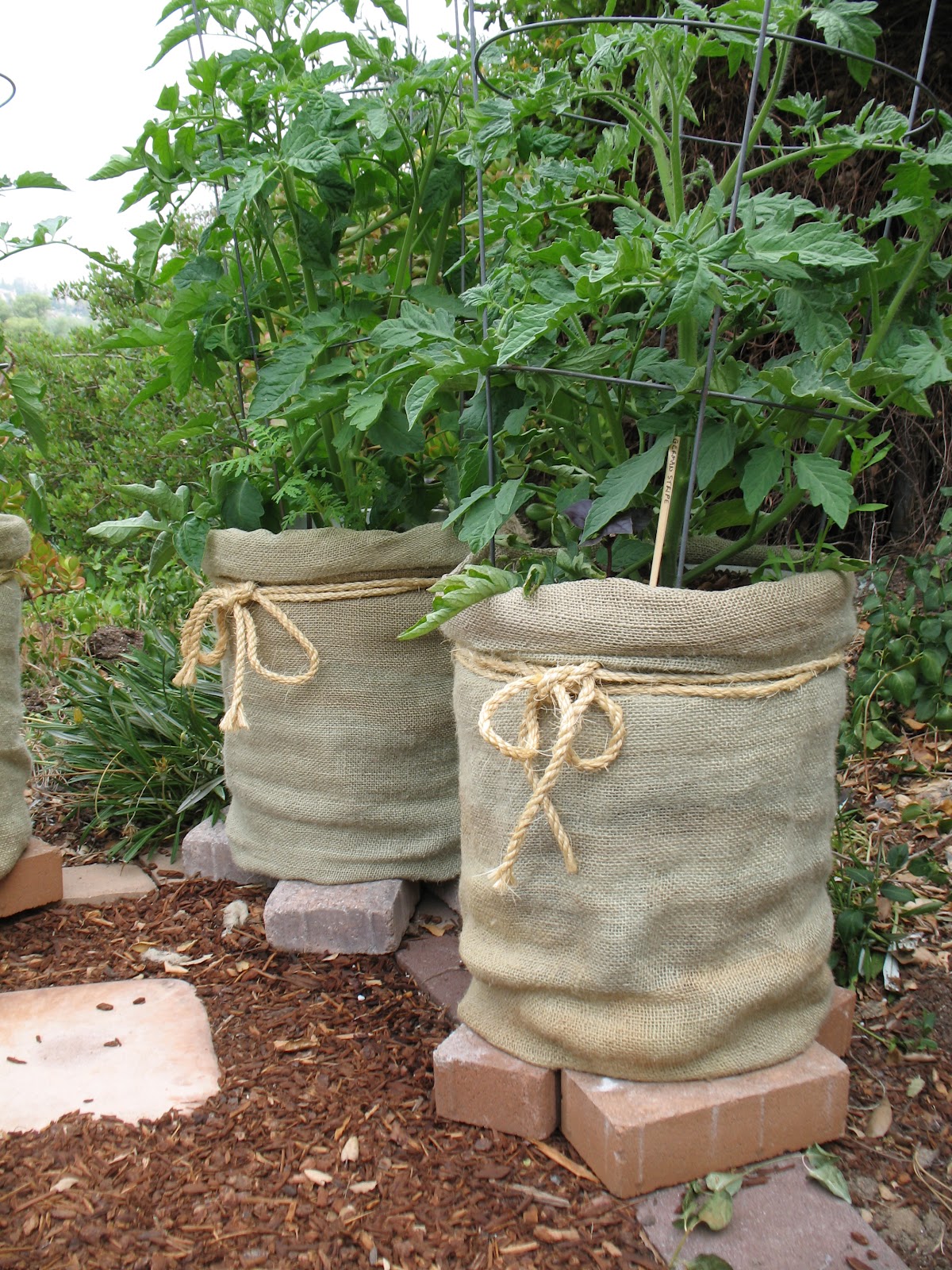- September 12, 2024
- Posted by: wellcoindustries
- Categories: Burlap, Erosion Control
Introduction
Burlap bags are becoming a popular choice among gardeners for their versatility and eco-friendly nature. If you’re looking to enhance your gardening skills with sustainable practices, understanding how to use a burlap bag for plants can be a game-changer. This guide will walk you through the various uses of burlap bags in gardening, from protecting plants to improving soil quality, while also providing helpful tips to make the most out of these natural fabric containers.

Benefits of Using Burlap Bags for Plants
Burlap bags offer multiple advantages for gardening enthusiasts looking to adopt sustainable practices. These bags, made from jute or hemp fibers, are biodegradable and provide excellent aeration for plant roots. One of the significant benefits of using burlap bags for plants is their ability to retain moisture while allowing excess water to drain, reducing the risk of root rot. This balance ensures that plants receive adequate hydration without becoming waterlogged.
Moreover, burlap bags are an affordable and eco-friendly alternative to plastic pots. They break down naturally over time, enriching the soil as they decompose. This makes them a fantastic choice for gardeners looking to minimize waste and contribute positively to the environment.
Different Ways to Use Burlap Bags in Gardening
1. As Planters:
Burlap bags can serve as cost-effective and breathable plant pots. They are particularly useful for growing vegetables, herbs, or flowers. To use burlap bags as planters, fill them with a mixture of soil, compost, and organic matter. The bags’ breathable fabric promotes healthy root development and prevents soil compaction.
2. For Root Protection:
When transplanting young plants, burlap bags can protect delicate roots. Wrap the roots in a damp burlap bag to maintain moisture and prevent damage during the transfer process. This technique is especially beneficial for shrubs, trees, and other perennials that require careful handling.
3. For Mulching:
Burlap bags can be cut and spread over garden beds as mulch. This helps retain soil moisture, regulate temperature, and suppress weeds. As the burlap breaks down, it adds organic matter to the soil, further enhancing its quality.
4. For Frost Protection:
In colder climates, burlap bags can be used to protect plants from frost. Simply cover the plants with burlap bags during frosty nights to prevent cold damage. This method allows for air circulation while providing an extra layer of warmth to vulnerable plants.
Step-by-Step Guide: How to Use a Burlap Bag for Plants
Step 1: Selecting the Right Size and Type of Burlap Bag
Choose a burlap bag that suits your plant size and type. Smaller bags are ideal for herbs and flowers, while larger ones can accommodate vegetables or shrubs. Ensure the burlap is untreated and natural to avoid chemicals leaching into the soil.
Step 2: Preparing the Burlap Bag for Planting
Before planting, line the inside of the burlap bag with a piece of cloth or landscape fabric to reduce soil loss. Fill the bag with a nutrient-rich soil mix, ensuring it is well-draining.
Step 3: Planting Your Seeds or Seedlings
Plant seeds or seedlings in the prepared burlap bag, following the recommended planting depth for each type of plant. Lightly water after planting to settle the soil.
Step 4: Maintaining Plants in Burlap Bags
Place the burlap bag in a sunny location and water regularly, allowing the soil to dry slightly between watering sessions. Monitor for pests and diseases, and provide appropriate nutrients through organic fertilizers.
Step 5: Reusing and Recycling Burlap Bags
After harvesting, remove the old plants and shake out the soil. If the bag is still intact, it can be reused for another planting cycle. Otherwise, consider composting the burlap, as it will decompose naturally and enrich your compost pile.
Common Mistakes to Avoid When Using Burlap Bags
- Overwatering: Due to the porous nature of burlap, water may drain faster than expected. Monitor moisture levels regularly and adjust watering schedules accordingly.
- Incorrect Placement: Placing burlap bags in direct sunlight for extended periods can cause them to degrade faster. Choose a shaded or partially shaded spot for optimal results.
- Neglecting Degradation: Over time, burlap bags will begin to break down. Regularly check their condition to prevent any unexpected soil spills or plant loss.
Conclusion
Using burlap bags for plants is an innovative and sustainable gardening method that offers numerous benefits, from improved root health to reduced waste. Whether you use them as planters, mulch, or frost protectors, burlap bags can enhance your gardening experience while promoting eco-friendly practices. Ready to take your garden to the next level? Start experimenting with burlap bags today and see the difference they can make!
